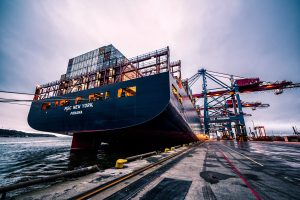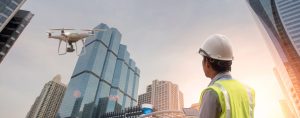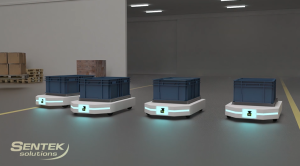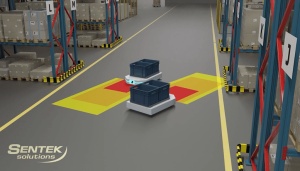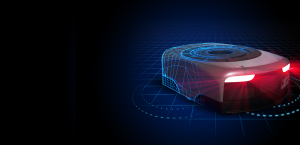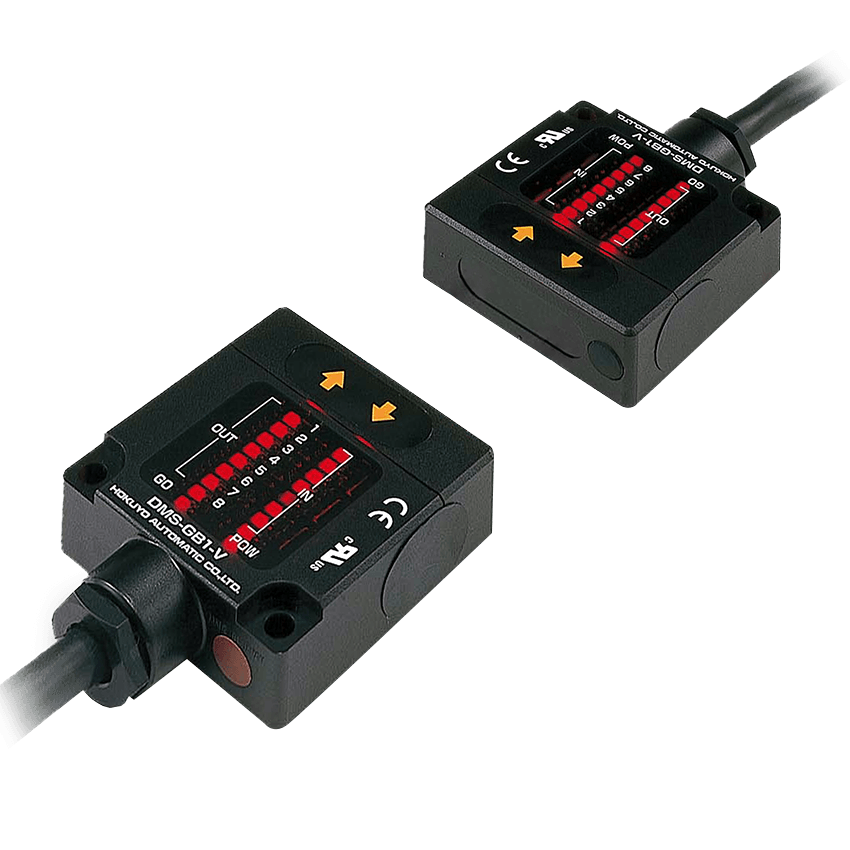Unlocking the Future of Farming: The Uses of LiDAR in Agriculture

The world of agriculture is undergoing a transformation, and technology is at the forefront of this revolution. One of the most promising technological advancements in recent years is LiDAR (Light Detection and Ranging).
Originally developed for applications in geology and forestry, LiDAR has found its place in the agricultural landscape, offering innovative solutions to age-old farming challenges. Here, we will explore the various uses of LiDAR in farming and agriculture and how it is reshaping the industry.
1. Precision Farming and Crop Management
LiDAR technology provides farmers with a powerful tool for precision farming and crop management. By mounting LiDAR sensors onto drones or tractors, farmers can gather high-resolution data about their fields. These sensors emit laser beams that bounce off objects, providing a detailed 3D map of the landscape. This data can then be used to monitor crop health, identifying areas of stress in order to optimise irrigation and fertilisation. Precision agriculture not only reduces costs but can also increase yields, making farming more sustainable and efficient.
2. Soil Mapping
Understanding the composition and condition of the soil is essential for making informed decisions in agriculture. LiDAR can help create accurate topographic maps of farmland, enabling farmers to identify variations in soil type, moisture content, and other critical factors. This information can guide the selection of crop varieties, determine suitable areas for planting, and improve overall soil management practices.
3. Pest and Disease Detection
Pest and disease management is a significant and constant concern for farmers. LiDAR technology can assist in the early detection of these issues by providing detailed images of plant canopies. Farmers can then identify signs of stress and disease well before they become visible to the naked eye. This allows for targeted interventions, reducing the need for broad-spectrum pesticides and minimising the environmental impact.
4. Harvest Planning and Yield Estimation
LiDAR can also aid in harvest planning and yield estimation. By mapping the height and structure of crops in situ, farmers can better plan their harvest schedules and allocate resources effectively. This technology can also provide accurate estimates of crop yields, helping farmers make informed decisions regarding storage and distribution.
5. Weed Management
Weeds compete with crops for resources, and effective weed management is crucial to maximising agricultural productivity. LiDAR technology can help identify and locate weeds within the field, enabling farmers to implement appropriate and precise weed control measures. By targeting the specific areas where weeds are present, farmers can reduce the use of herbicides and minimise the impact on beneficial plants and the environment.
6. Erosion and Land Conservation
Erosion poses a significant threat to arable land. LiDAR can assist in erosion control and land conservation efforts by creating detailed topographic maps and monitoring changes in terrain, farmers can implement erosion control measures strategically. This not only preserves valuable soil but also helps protect nearby water sources from pollution.
7. Irrigation Management
Efficient irrigation is a cornerstone of successful agriculture. LiDAR technology can aid in the development of precise irrigation plans by assessing the topography and drainage patterns of fields. This information can be used to design irrigation systems that optimize water distribution and reduce waste, contributing to water conservation and cost savings.
In conclusion, LiDAR technology is potentially a game-changer for the agriculture industry. Its ability to provide precise, detailed, real-time data has the potential to revolutionise how we produce food. From precision farming and crop management to soil mapping and pest detection, LiDAR offers a multitude of uses that increase efficiency, reduce environmental impact, and ultimately improve the sustainability of agriculture.
As technology continues to advance, it’s clear that LiDAR will play an increasingly vital role in the future of farming, helping to feed our growing global population while minimising the industry’s ecological footprint.
We have several LiDAR sensors that can be used across a wide range of industries. You can find out more about our full selection of LiDAR scanners here. And make sure to stay up to date with all our news, insights and product developments by following us on LinkedIn and X.
